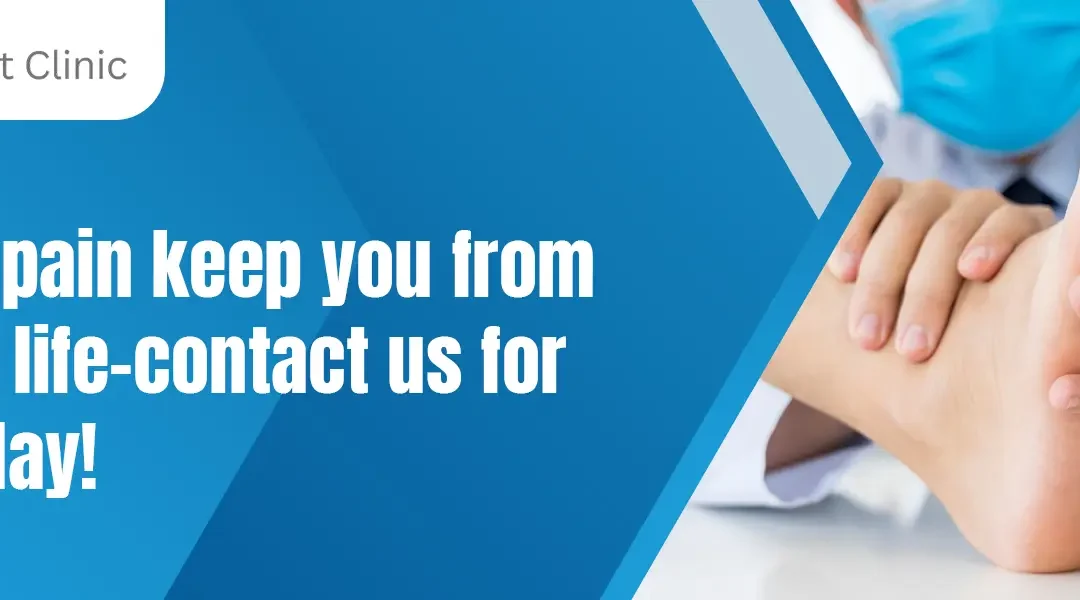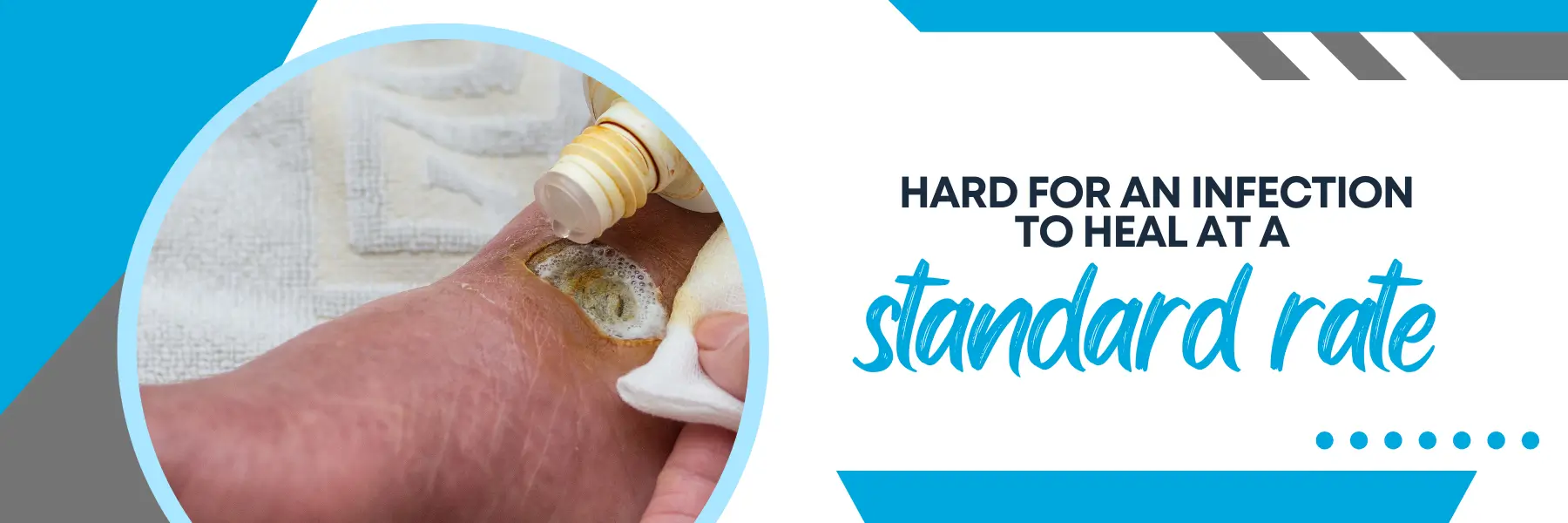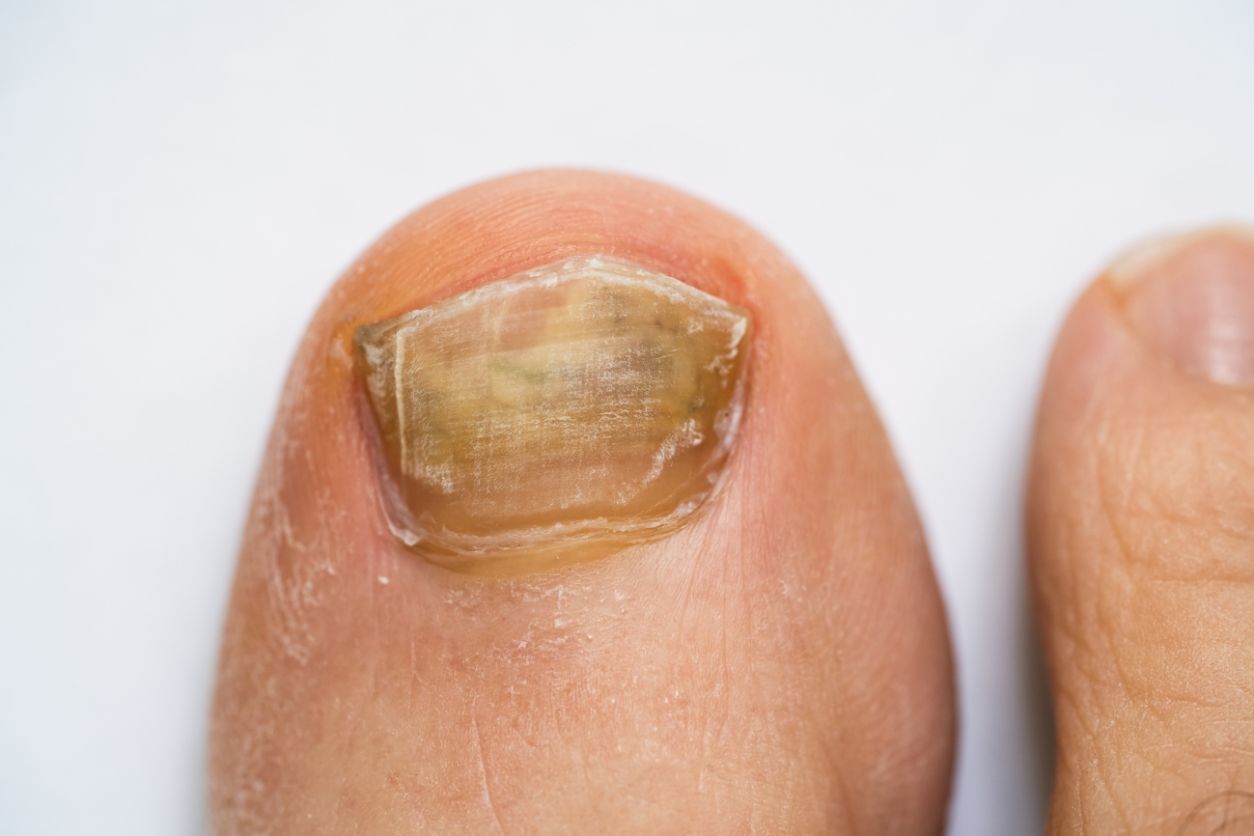It starts small- a bit of tenderness near the edge of your fingernail. Maybe you clipped it too short, or you picked at a hangnail. But then it worsens. Your finger becomes red, swollen, and painful to the touch. Before you know it, an ingrown fingernails has turned into a throbbing nuisance that you just can’t ignore.
If you’ve ever experienced an infected ingrown toenail, you know it’s not a joke. If left untreated, it can quickly turn ugly, leading to complications such as abscess infection or worse a surgery needed. But the good news is that with prompt treatment and the proper response, you can have it gone and future trouble be avoided.
Here’s how to treat, soothe, and prevent ingrown fingernails before they take over your day.
What Is an Ingrown Fin gernail?
An ingrown nail is when the rim of your nail starts growing into the skin adjacent to your nail. It’ll hurt, turn red, and potentially even infect if bacteria find their way in there. Though more common on toes, fingers are not immune to it either especially if you bite your fingernails, cut them short, or utilise your hands a lot.
Symptoms Your Ingrown Fingernail May Be Infected
Not all ingrown nails can be infected, but here are some to check if yours are already infected:
- Persistent pain or throbbing near the nail
- Redness or warmth around the nail
- Swelling and tenderness when touched
- Pus or fluid leaking from the area
- Difficulty using your hand or bending your finger
If you’re noticing these symptoms, it’s best to act quickly to reduce inflammation and avoid complications.
Step-by-Step: How to Cure an Infected Ingrown Fingernail at Home
You can attempt to clear out your infection if you have a mild one with the following home treatment:
1. Soak in Warm, Soapy Water
Take time to soak the infected finger in warm, soapy water three to four times a day for only 15- 20 minutes. This will give you relief. It will relax the skin; help reduce the swelling and drain the pus.
2. Keep It Clean and Dry
Dry out when wet. Spray or soak in an antiseptic and bandage with a porous gauze dressing. Keeping the finger clean prevents secondary infection of the nail bed.
3. Do Not Overcut or Aggressively Pick the Nail
As tempting as it is, don’t try to dig out the nail yourself. You will drive the nail further in and become infected. Leave things like that to the professionals and get nail treatment.
4. Apply Over-the-Counter Antibiotic Ointment
Apply small amounts of antibiotic cream or ointment such as Neosporin or something a pharmacist recommends after cleansing the area. This gives a second barrier to shield while the nail heals.
5. Use Pain Relievers as Needed
For pain and swelling, take an over-the-counter medication such as ibuprofen, which will lessen swelling and pain.
When to See a Doctor?
If your ingrown nail isn’t improving within a couple of days or if the infection gets worse like increased redness, pus, or tenderness to move your finger, consult a health practitioner.
You may need:
- Prescription antibiotics for a severe infection
- A quick in-office treatment to lift or trim off some of the nails
- Drainage of any built-up pus or abscess
In some cases, the ignored infection gets transmitted to the surrounding skin of the nail and causes more severe health complications, especially if you are diabetic or immunocompromised.
Causes of Ingrown Fingernails
Understanding the cause of your ingrown fingernail makes it easier for you to prevent it in the future. The most frequent culprits are:
- Cutting nails too short or cutting them at an angle
- Picking or biting the cuticles
- Trauma or injury to the nail
- Repeated contact with water (e.g., washing dishes, swimming)
- Pressure wear or tight gloves on your nails
Prevention of Ingrown Fingernails
Prevention is always better than cure. Below are some simple steps to make your fingers pain-free and healthy:
Cut Nails Properly
Never cut your nails straight around the corner and never cut them close to your skin either. Leave a small white border instead.
Don’t Bite Your Nails
It is hard to break, but you can eliminate the habit to avoid recurring ingrown nails, infection, and even permanent damage to your nails.
Use Gloves During Wet Work
Wear protective gloves when washing, gardening, or being exposed to water for an extended period to avoid constant exposure to water and bacteria.
Moisturise Your Hands and Cuticles
Dry hands are more prone to tear and become infected. A small application of hand cream does wonders for healthy nails and skin.
Don’t Let a Small Nail Problem Become a Big One
Ingrown toenails do not feel like such a big deal while you have them, but if you just leave them alone, they will just keep growing bigger and bigger and give you grief. Early good care, good maintenance, and simple prevention tips will have your nails healthy, and pain-free hands.
But if that painful nuisance keeps coming back, or there are multiple recurrences with infection, maybe it is time to leave the experts to do their work alone.
Conclusion
We’re not just a Sydney Foot Clinic on the go- your entire nail care is our concern. Our expert podiatrists are qualified to treat safely and painlessly, however bad or poor, ingrown fingernails you have. We’ll tell you why, do it right, and advise how to prevent having trouble again next time.
Don’t let pain stand in the way of enjoying life to its fullest. Call us today for relief! Book your appointment today and give your fingers the expert treatment that they deserve.




